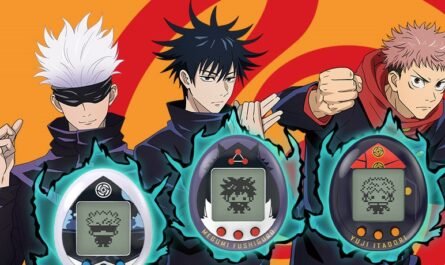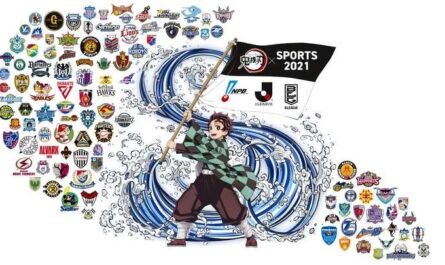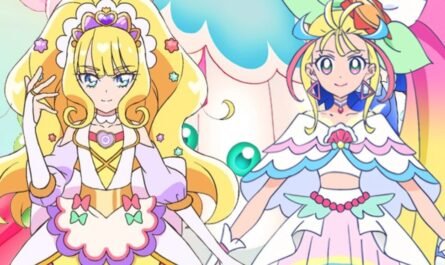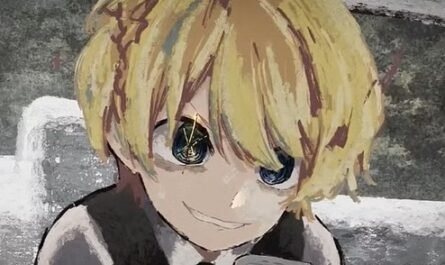Many classes in the world deal with themes that make you wonder, such as theme parks, casinos, and cannabis. According to science writer Annan Igarashi, who covers science-related news from around the world, anime and manga, which until a little over 20 years ago had little academic value in Japan, are now being read at universities.
It is becoming possible to teach actively. However, Akiko Sugawa, a professor at Yokohama National University who serves as the president of the Japanese Animation Society, has advised students that it is challenging to study what one likes. Her uncle Dragon Ball, who has changed her business model, has appeared! I think that every time I go to a tourist spot overseas.
The uncle Dragon Ball here is someone who wears a Dragon Ball T-shirt, a Dragon Ball hat, or has a tattoo of Son Goku, who has become a Super Saiyan, and one or two always pass each other. The enthusiasm of overseas fans for anime has led Japan to realize the value of anime culture and to conduct research on it.
This is because anime and manga had little academic value until over 20 years ago. The turning point was the end of the 1990s when the Internet began to spread. Akiko Sugawa, president of the Animation Society of Japan and professor at Yokohama National University, explains: “From the end of the 1990s to the beginning of the 2000s, as part of the Cool Japan movement, people overseas began to become enthusiastic about anime.
At a time when “Japan,” an economic superpower that makes profits through trade, is in decline, it is now recognized that what Japan can win is the soft power of cultural content.” Anime such as “Dragon Ball,” “Pocket Monsters,” and “Pretty Guardian Sailor Moon” has sparked the fire. These have gained explosive popularity overseas.
Before that, in the 1960s, “Astro Boy,” “Tetsujin 28-go,” and “Mach GoGoGo” entered the United States, but they were broadcast without being recognized as Japanese. Research shows that the success of anime in the 90s was due in part to a successful merchandising strategy aimed at getting people to watch the anime and buy the merchandise. For example, there was a way to enjoy Pokemon by first enjoying card games and watching anime as a plus. In addition to that, buy cute character goods like Pikachu.
At the end of the 1990s, various ways of enjoying anime began to be strategically promoted, and the business model related to anime changed. As a result, people worldwide have come to enjoy anime. At the same time, content previously restricted to Japan only spread through the Internet (especially streaming sites), allowing people worldwide to watch similar content almost simultaneously.











